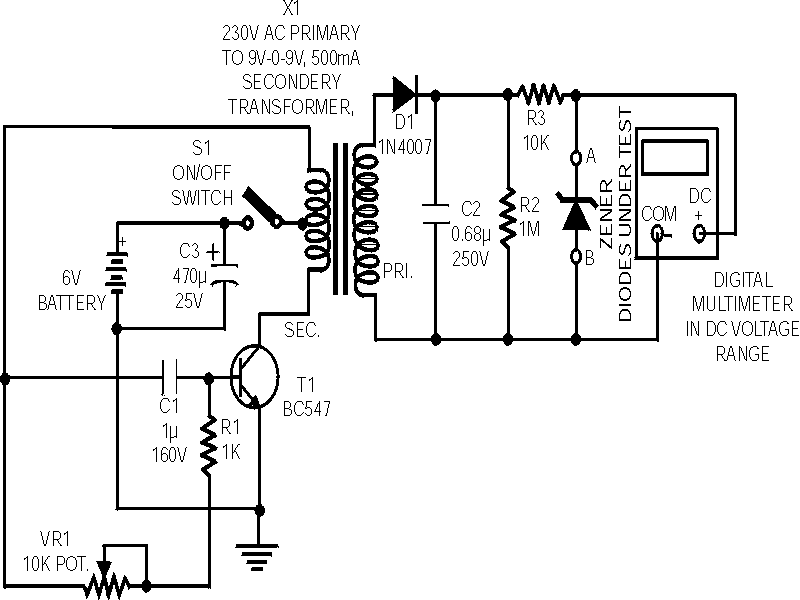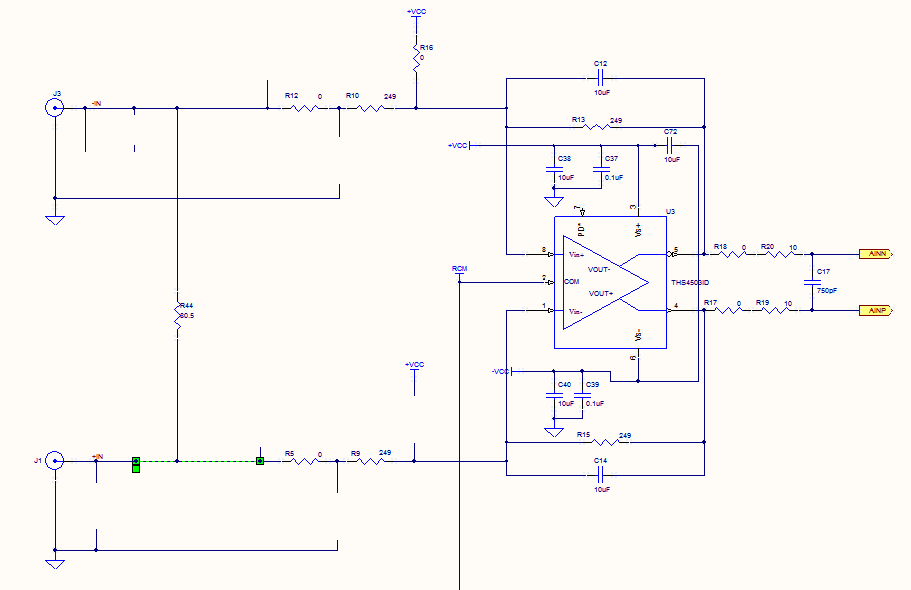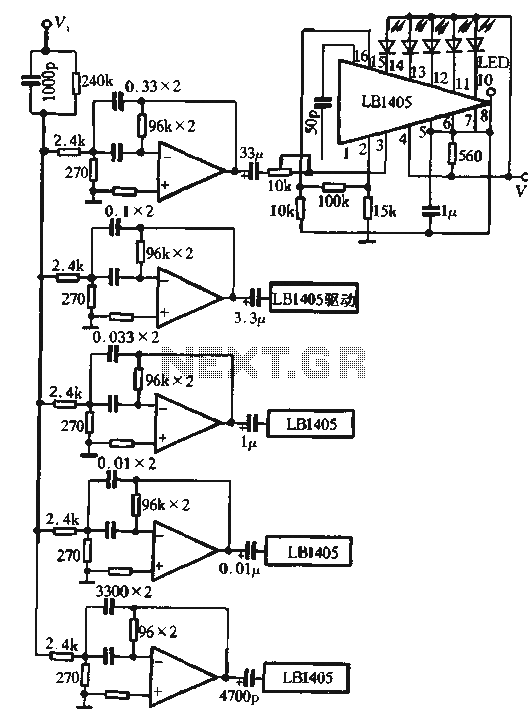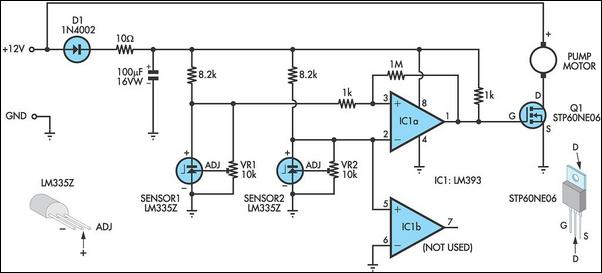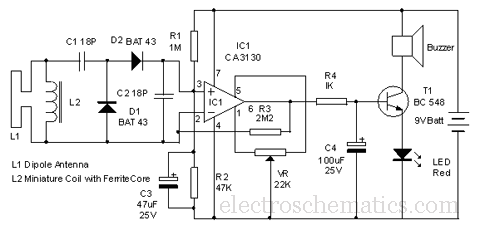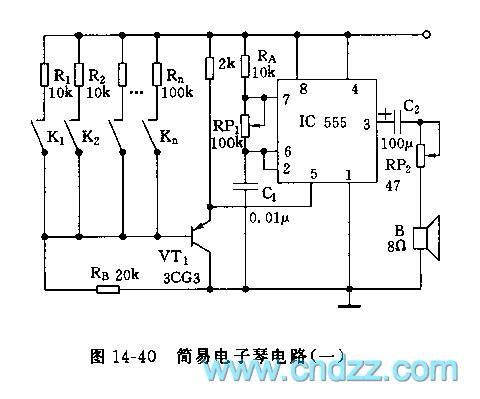
Outdoor Light Controller Circuit
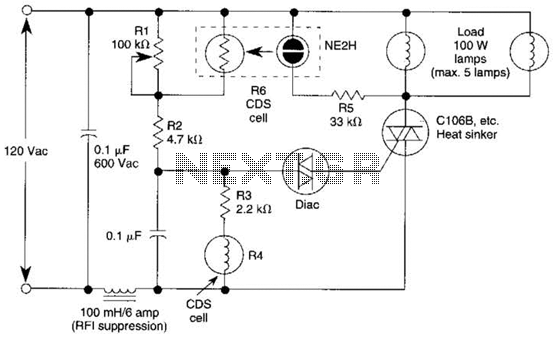
A neon bulb and a CdS photocell are enclosed in a light-tight enclosure to form an optocoupler. A diac/triac combination is employed to create a snap-switch effect. A second CdS photocell serves as the primary sensor. As darkness approaches, the resistance of K4 begins to increase. Upon reaching a certain threshold level, the diac triggers the triac, causing the neon bulb to illuminate. This illumination reduces the resistance of R6, which in turn triggers the diac to activate the triac, lighting the neon bulb and supplying power to the load. As morning light increases, this process is reversed, resulting in the neon bulb turning off and the SCR shutting down.
The described circuit utilizes an optocoupler design that effectively isolates the control signal from the load while providing the necessary switching action. The neon bulb serves as an indicator and light source, while the CdS photocells function as light sensors, detecting ambient light levels. The first CdS photocell, enclosed within the light-tight enclosure, is responsible for detecting darkness and initiating the switching process.
The diac and triac configuration is crucial for achieving the snap-switch effect, where the triac remains in a conductive state until the current drops below a certain level. This allows for stable operation and prevents flickering of the neon bulb as it turns on and off. The second CdS photocell, acting as the main sensor, provides feedback to the circuit, allowing it to respond dynamically to changes in light conditions.
As ambient light decreases, the resistance of K4 rises, prompting the diac to activate the triac when the light level falls below a predetermined threshold. This triggers the neon bulb to illuminate, which consequently reduces the resistance of R6. The reduced resistance facilitates the diac's triggering of the triac, ensuring that the load receives power.
In the morning, as light levels increase, the resistance of K4 decreases, leading to the triac being turned off when the light exceeds the threshold. This results in the neon bulb extinguishing and the SCR deactivating, effectively completing the light-sensing circuit. The design is efficient for applications such as automatic lighting systems or dusk-to-dawn switches, where the circuit can control electrical loads based on ambient light conditions without manual intervention. A neon bulb and a CdS photocell enclosed in a light-tight enclosure form an optocoupler. A diac/triac combination is used to provide the snap- switch effect. A second CdS photocell acts as the main sensor. As darkness approaches, the resistance of K4 begins to increase. At a threshold level, the ciiac triggers the triac and causes the neon bulb to light. This reduces the resistance of R6, causing the diac to trigger the triac, which lights the neon bulb and provides power to the load. As morning light comes up, the process is reversed. The neon bulb goes out and the SCR turns off.
The described circuit utilizes an optocoupler design that effectively isolates the control signal from the load while providing the necessary switching action. The neon bulb serves as an indicator and light source, while the CdS photocells function as light sensors, detecting ambient light levels. The first CdS photocell, enclosed within the light-tight enclosure, is responsible for detecting darkness and initiating the switching process.
The diac and triac configuration is crucial for achieving the snap-switch effect, where the triac remains in a conductive state until the current drops below a certain level. This allows for stable operation and prevents flickering of the neon bulb as it turns on and off. The second CdS photocell, acting as the main sensor, provides feedback to the circuit, allowing it to respond dynamically to changes in light conditions.
As ambient light decreases, the resistance of K4 rises, prompting the diac to activate the triac when the light level falls below a predetermined threshold. This triggers the neon bulb to illuminate, which consequently reduces the resistance of R6. The reduced resistance facilitates the diac's triggering of the triac, ensuring that the load receives power.
In the morning, as light levels increase, the resistance of K4 decreases, leading to the triac being turned off when the light exceeds the threshold. This results in the neon bulb extinguishing and the SCR deactivating, effectively completing the light-sensing circuit. The design is efficient for applications such as automatic lighting systems or dusk-to-dawn switches, where the circuit can control electrical loads based on ambient light conditions without manual intervention. A neon bulb and a CdS photocell enclosed in a light-tight enclosure form an optocoupler. A diac/triac combination is used to provide the snap- switch effect. A second CdS photocell acts as the main sensor. As darkness approaches, the resistance of K4 begins to increase. At a threshold level, the ciiac triggers the triac and causes the neon bulb to light. This reduces the resistance of R6, causing the diac to trigger the triac, which lights the neon bulb and provides power to the load. As morning light comes up, the process is reversed. The neon bulb goes out and the SCR turns off.
